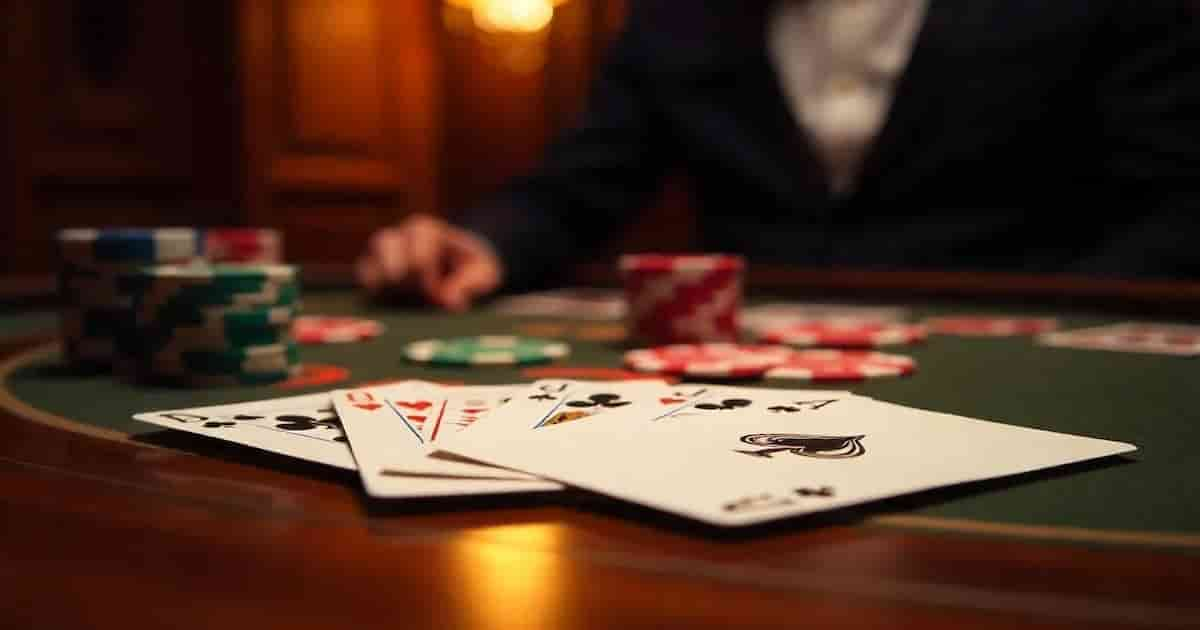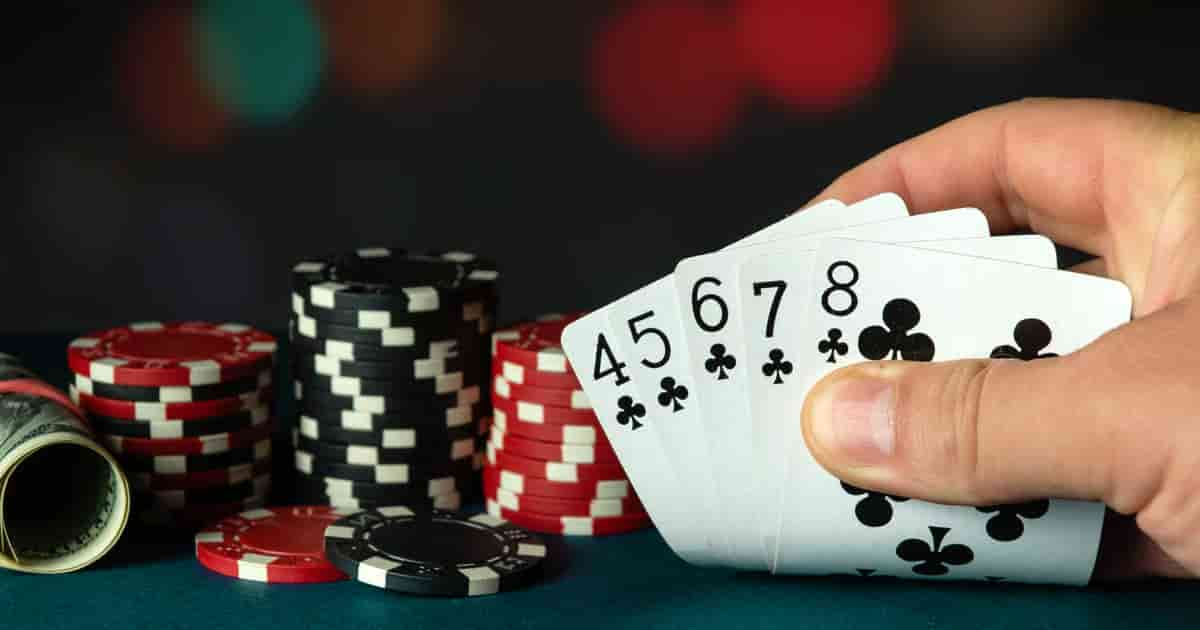Uncover the story behind the clubs card suit—from its historical roots to its deep symbolism in gaming and beyond.
1. What Is the Clubs Card Suit? Meaning and History
The clubs card suit is one of the four iconic suits found in a standard deck of playing cards, alongside hearts, spades, and diamonds. Recognized by its trefoil or clover-like symbol, the club has a rich and fascinating past that blends medieval design, symbolic meaning, and international evolution.
In most Western card decks, the club playing card suit is black in color and associated with action and effort. The suit often holds equal power in traditional games like Poker or Bridge, but its symbolism reaches far beyond just game mechanics. The clubs card suit meaning has evolved over centuries to represent growth, vitality, and ambition. These qualities have made it especially popular not just in gameplay, but in card-themed fashion, tattoos, and even casino branding.
Historically, the club evolved from the “batons” or “staves” used in Latin-suited cards. As the cards traveled from Europe to England and France, the design morphed into the now-familiar cloverleaf. This evolution makes the club one of the oldest symbolic elements in modern-day gaming culture. For a detailed historical timeline of card suits, check out this history of playing cards by Bicycle®.
2. Clubs Card Suit Symbolism: What Does It Really Represent?
The clubs card suit symbolism is grounded in concepts like determination, strength, and transformation. While other suits often represent emotions (hearts) or intellect (spades), clubs are about the tangible—the grind, the fight, and the forward momentum. This symbolism makes it a favorite among competitive card players who associate the suit with winning energy.
In symbolic interpretations, clubs correspond to the element of fire or earth, depending on the system being used. In classic cartomancy (fortune telling using cards), a club can symbolize money, opportunity, or hard-earned success. The symbolic meaning of clubs often appears in tarot-like systems and spiritual readings, where it is seen as a representation of energy being channeled into physical results.
The suit’s visual design—a three-leaf clover or “trefoil”—is also linked with natural growth. Many people associate it with luck, especially in Western cultures where clovers are lucky charms. This association strengthens the suit’s reputation for resilience and opportunity.
Moreover, modern-day media and design use the clubs meaning in cards for characters who are doers—warriors, workers, or leaders. Whether it’s in a fantasy card game or a casino branding element, clubs suggest progress through effort.
3. Why Is the Card Suit Called Clubs?
The question, why is the card suit called clubs, leads us to the rich international origins of playing cards. The name “clubs” in English is a direct translation of the Italian and Spanish suit known as “bastoni” or “bastos,” which literally means “clubs” or “batons.” These early Latin-suited decks used long, branch-like weapons as one of the suits, alongside swords, cups, and coins.
When these Latin decks were brought into France, card makers modified the suit symbols for easier printing using stencils. The baton or club shape became a clover-like design, likely influenced by plant symbolism and natural patterns. Even though the visual changed dramatically, the name “clubs” remained when these cards reached England.
This disconnect—between the symbol and the name—is unique to clubs. It’s an excellent example of how card suit evolution was shaped by both regional culture and printing technology. You can learn more about this transformation by reading this history of suits article on World of Playing Cards.
Today, the suit is not only used in games but also appears in clubs card suit tattoos, costume designs, and online casino graphics. Its layered meaning—from historical baton to clover to gaming icon—makes it one of the most versatile suits in any deck.
Conclusion: The Club Suit as a Cultural & Gaming Icon
From its historical roots as a weapon symbol to its current status as a sign of growth and resilience, the clubs card suit offers more than just visual appeal. It holds a rich narrative of transformation—one that touches everything from European history to modern casino fashion and gaming psychology.
Whether you’re a fan of card history, a casino regular, or someone considering a new card suit tattoo, understanding the clubs card suit meaning and its origins adds depth to every shuffle, draw, and hand you play. And now that you know why the card suit is called clubs, you can appreciate not just its power—but its heritage.



